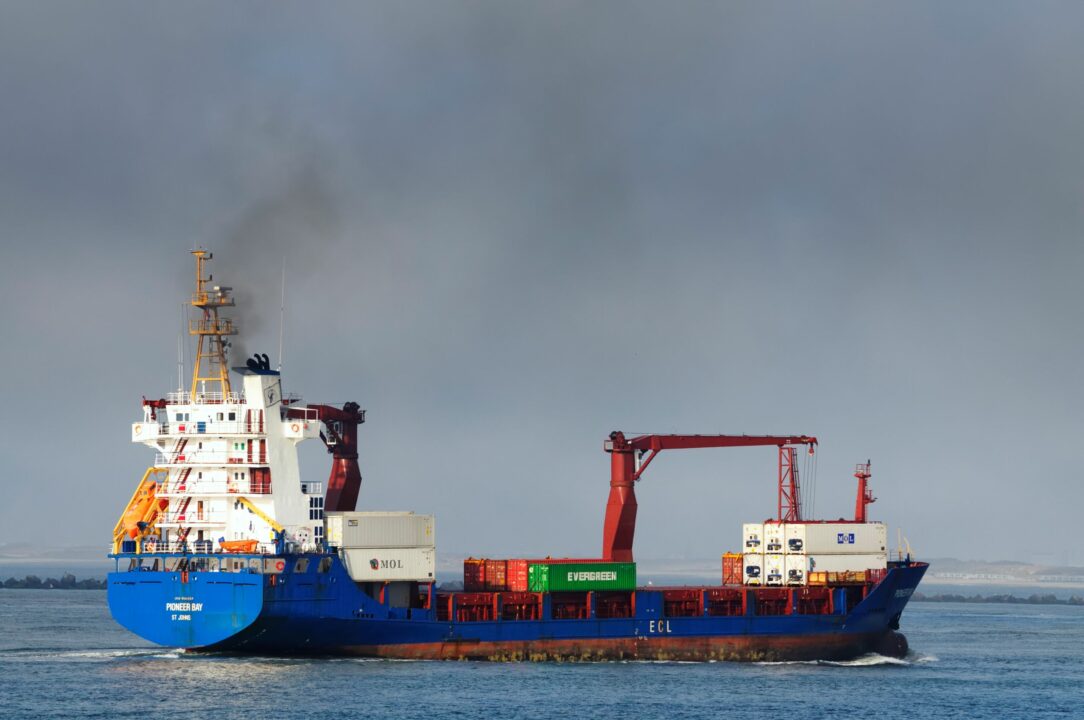Industrialisation has caused pollution to skyrocket on a global scale compared to the times before that. As populations increased and the need for industrialisation increased, more and more of humanity’s progression has added to the burden of pollution. It is only until recently that we have collectively put forth the need to protect the environment. Thankfully, the world has put in much effort to reduce carbon emissions, non-biodegradable waste, and other pollutants to the land, air, and seas. However, we still have a ways to go.
Within the wider distribution sphere, the shipping industry contributes an enormous amount of pollution. The demand for shipping is high and there are not enough financially viable alternatives, so it is expected.
What makes this an issue?
Air pollution by ships is mostly due to the burning of diesel fuels with high sulphur content leading to sulphur dioxide diffusing into the air. Much like carbon dioxide emissions are bad for the environment, sulphur dioxide is likewise. When ships are powered for days on end in order to make long distance voyages, this problem is exacerbated.
Ballast water used to stabilise ships when cargo is not heavy enough presents a problem for the ecological flow of water. This water can contain invasive species which are not adapted to the environment and can pose a threat to the indigenous life. In addition, ballast water can carry diseases and parasites that can harm marine life.
Globalisation has created a demand for frequent long-distance shipping which culminates in enormous amounts of pollution, but this does not mean we need to regress. There are ways to minimise the negative effects of shipping on the environment.
What has been done about it?
In order to reduce pollutant emissions, scrubbers can be retrofitted to ships. These essentially wash pollution out of the exhaust smoke. They can be fitted onto existing ships to reduce the amount of carbon dioxide and sulphur dioxide being spewed into the air. Unfortunately, this is a costly endeavour, especially for companies who are not as profitable.
Additionally, ships using sustainably produced methanol as a fuel source have recently entered the industry. This is magnitudes better for the environment, but is even costlier. This is not necessarily because it takes much more of this type of fuel to drive the ships, but it is not exactly mass produced for that function. Ships have to be built for that kind of fuel and dedicated methanol producers are required to sustain fleets of ships, but the lack of such a market makes methanol production a less appealing route for business owners. It is a cyclical problem. Alternatively, electricity-powered ships have been made as well.
These are big adjustments that shipping companies have made, but there are arguably less flashy ways of reducing pollution. Slow steaming has been a widely suggested solution in which ships are paced to reduce emissions at the cost of speed. Obviously, this impacts delivery speed and can possibly hurt a business. On the other hand, it is a tried and tested method for reducing costs and fuel. In order to better manage the effects of ballast water, chemicals that specifically target those invasive species can make the water sterile and less of a problem.
New rules are aiming to rectify shipping pollution
The International Maritime Organisation, a body of the UN has drawn up regulations to reduce pollution. This includes those produced by the shipping industry. Its Greenhouse Gas Strategy aims to reduce total greenhouse gas emissions by 50% of 2008’s by the year 2050. They also published the International Convention for the Control and Management of Ships’ Ballast Water and Sediments which establishes regulations for ballast water and shipping sediment. It is encouraged to exchange ballast water mid-ocean. They also published the International Convention on Oil Pollution Preparedness, Response and Co-operation to establish rules for dealing with maritime oil pollution.
Alongside this, a new EU policy designed to reduce carbon emissions in the shipping industry was published. Furthermore, it plans to introduce its new emission trading system which will phase in from 2023. Under this system, by 2026 ships will be liable to pay for their emissions when travelling between EU ports and to and from the EU.











